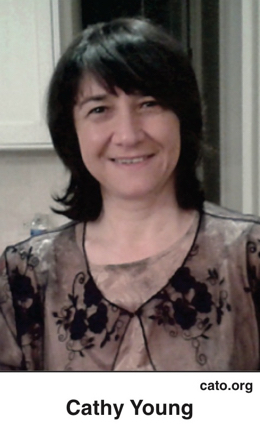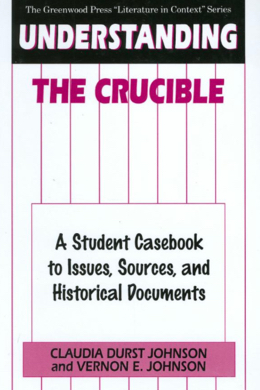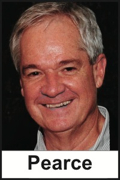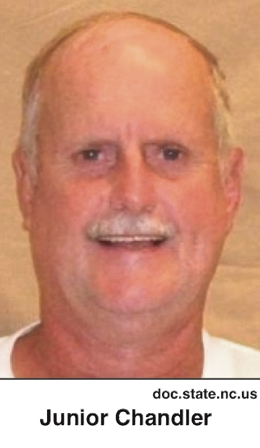Rascals case in brief
In the beginning, in 1989, more than 90 children at the Little Rascals Day Care Center in Edenton, North Carolina, accused a total of 20 adults with 429 instances of sexual abuse over a three-year period. It may have all begun with one parent’s complaint about punishment given her child.
Among the alleged perpetrators: the sheriff and mayor. But prosecutors would charge only Robin Byrum, Darlene Harris, Elizabeth “Betsy” Kelly, Robert “Bob” Kelly, Willard Scott Privott, Shelley Stone and Dawn Wilson – the Edenton 7.
Along with sodomy and beatings, allegations included a baby killed with a handgun, a child being hung upside down from a tree and being set on fire and countless other fantastic incidents involving spaceships, hot air balloons, pirate ships and trained sharks.
By the time prosecutors dropped the last charges in 1997, Little Rascals had become North Carolina’s longest and most costly criminal trial. Prosecutors kept defendants jailed in hopes at least one would turn against their supposed co-conspirators. Remarkably, none did. Another shameful record: Five defendants had to wait longer to face their accusers in court than anyone else in North Carolina history.
Between 1991 and 1997, Ofra Bikel produced three extraordinary episodes on the Little Rascals case for the PBS series “Frontline.” Although “Innocence Lost” did not deter prosecutors, it exposed their tactics and fostered nationwide skepticism and dismay.
With each passing year, the absurdity of the Little Rascals charges has become more obvious. But no admission of error has ever come from prosecutors, police, interviewers or parents. This site is devoted to the issues raised by this case.
On Facebook
Click for earlier Facebook posts archived on this site
Click to go to
Today’s random selection from the Little Rascals Day Care archives….
Click for earlier Facebook posts archived on this site
Click to go to
Today’s random selection from the Little Rascals Day Care archives….
Lessons of ‘ritual abuse’ era still relevant today
 Nov. 19, 2014
Nov. 19, 2014
“While (‘The Witch-Hunt Narrative’ author Ross) Cheit… admits that there was some ‘overreaction’ and injustice to innocent people – including ‘five, possibly six, of the seven defendants’ in the McMartin case – he argues that the ‘Satanic panic’ hysteria is a myth rooted in exaggeration and distortion….
“Whether the book succeeds in making a dent in the witch-hunt narrative depends, to put it bluntly, on whether we can trust Cheit to give a fair and accurate account of this material. A close look reveals enough evasions, highly tendentious interpretations, and verifiable inaccuracies to conclude that we cannot….
“It is ironic, or perhaps symbolic, that this book has arrived in the midst of a new wave of sex-crime hysteria. Just recently, in the impassioned debate over the sexual molestation charges against Woody Allen, such feminists as Jessica Valenti and Roxanne Gay revived the call to ‘believe the survivor.’ The same mind-set also appears in the current campus climate of pressure to accept virtually all allegations of sexual assault regardless of evidence. Despite Cheit’s attempted debunking, the lesson of the witch-hunts still stands: Emotion-driven, faith-based crusades against repellent crimes are a grave danger to justice.”
– From “The Return of Moral Panic: A scholar tries – and fails – to rehabilitate the sex-abuse hysteria of the ’80s” by Cathy Young at reason.com (Oct. 25)
Young contributes a welcome follow-up to Debbie Nathan’s Cheit-busting response from the National Center for Reason and Justice. She is especially effective in pointing out Cheit’s fact-fudging and cherry-picking in the McMartin and Kelly Michaels cases.
Salem to Edenton was a road heavily traveled
 Feb. 9, 2015
Feb. 9, 2015
The Little Rascals Day Care case has often been likened to the Salem Witch Trials, but this lengthy list from “Understanding The Crucible: A Student Casebook to Issues, Sources, and Historical Documents” by Claudia Durst Johnson and Vernon Johnson (1998) drives home the point:
- Both involved children as accusers.
- Convictions were determined almost solely on the basis of the children’s testimony.
- Everything escalated rapidly – the number of children involved, the number of the accused, and the different kinds of charges.
- The minds of the children were in both cases manipulated by adults.
- Charges were instigated by adults who held grudges against the accused.
- There was an absence of corroborating evidence.
- “Fanciful” testimony was regarded seriously. In Salem, it was spectral evidence. In the twentieth-century cases, it included children’s stories of spaceships, sharks, and ritual murder.
- Community hysteria arose from the feeling that evil – witches and sex abusers – had access to their children.
- “Poppets” or dolls were involved. In the Salem trials, little dolls were immediately seized upon as poppets used by witches to pierce with pins with the object of inflicting torture. In sexual abuse cases, “anatomically correct” dolls were used by psychologists to coach details from the children.
- There were charges that satanic rituals were conducted.
- The prosecution showed a single-minded determination, by threat or bribe, to get the accused to confess.
- The prosecution showed a single-minded determination, by threat or bribe, to get children to disclose more and more details of misconduct without regard to truth.
Advising parents ‘one of the damnedest things I ever did’
 Feb. 18, 2013
Feb. 18, 2013
Gov. Jim Hunt was serving his fourth term (1997-2001) when prosecutors dropped the last Little Rascals charges. Although Gary Pearce, Hunt’s longtime adviser and later biographer, doesn’t remember the governor being involved in the case, Pearce experienced his own Edenton moment:
“I actually got called by one of the parents who had heard of me. I met with them and worked with them on a program that UNC-TV did (in 1993 to give parents a chance to respond to “Innocence Lost: The Verdict”). I did it just out of curiosity. It was one of the damnedest things I ever did.
“What the parents were claiming happened was, in the truest sense of the word, incredible. But they seemed absolutely and genuinely and sincerely convinced that it had happened….
“The best word to describe the whole thing is ‘gothic.’”
Defense attorneys were excluded from the program, UNC-TV director Tom Howe explained, because “We’re not really interested in getting into a tit-for-tat about guilt or innocence.”
Chandler’s sentence designed to lock him up forever
 Nov. 8, 2015
Nov. 8, 2015
“The latest obstacle to Gerald Amirault’s freedom came without fanfare. A three-member panel of the Massachusetts Department of Corrections has now decided that, since the prisoner has refused participation in treatment programs for sex offenders, he was considered to be ‘in denial.’ Permission for him to appear before the Board that could grant early parole would therefore be denied.”
– From “How to Extort a Confession” in the Wall Street Journal (April 22, 2002)
Steadfast in his supposed “denial,” Amirault wouldn’t be paroled until 2004 – 18 years into his 40-year sentence.
Compared with Junior Chandler, however, he was lucky. Chandler’s two consecutive life sentences have made him ineligible for parole. For a brief moment during his long and maddening appeals process, in 2008, it seemed those life sentences would be made concurrent – thus qualifying him for parole consideration. But a switch in judges, orchestrated by the attorney general’s office, vaporized that prospect.
A footnote: The North Carolina Department of Correction has its own Sexual Offender Accountability and Responsibility program. “Through psycho-educational modules, behavior techniques and empathy training,” its website says, “S.O.A.R. participants learn that sexually abusive behavior is both controllable and manageable.”
Junior Chandler recalls having been invited to participate, but …. “They said I had to admit I was guilty. I told them I couldn’t do that, because I hadn’t done anything…. What would you do?”











0 CommentsComment on Facebook